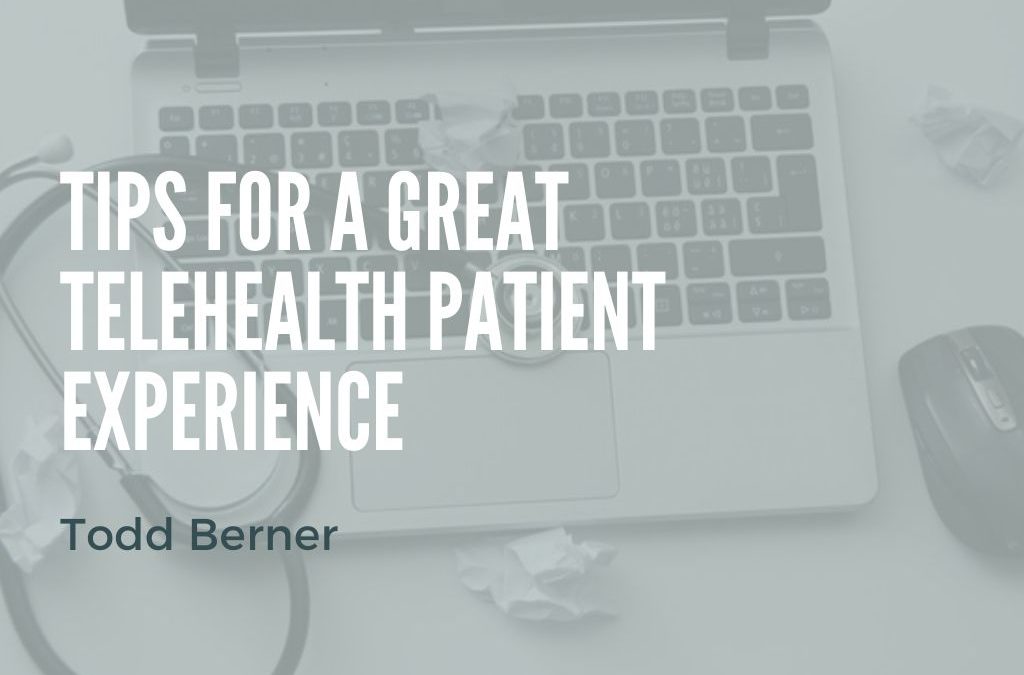Many industries, including healthcare, have begun to turn to digital formats as they’ve been forced into remote work during the COVID-19 pandemic. Telehealth care access has become more commonplace over the years for patients with low-acuity health needs, but now that the nation has gone into quarantine mode it’s become more important than ever before. While telehealth has been around for a while, many patients have been unenthusiastic about it due to not understanding how it works, thinking care quality won’t be the same, or not being sure if their insurance would cover it. Unfortunately, many of these patients don’t have a choice but to adopt telehealth, so it’s important that providers engage with them properly so they can have the best experience possible.
Dress To Impress
Many people will tell you that the first rule for working from home is that you should dress as if you were still going into the office to get you into a work mindset. The same can be said for providers using telehealth, but for slightly different reasons. Instead of getting into your work attire to boost your own productivity, do so to help increase the confidence of the patient you’re working with. Since the patient won’t be in the office as they usually are, try to normalize things by still wearing your white coat and whatever else you’d usually wear when treating a patient. To go along with this, make sure the space you’re in is professional. You’ll want to be set up in a quiet space with zero distractions, otherwise, the patient may not feel as comfortable as they would in the office.
Proper Equipment
While looking the part is crucial to a good telehealth experience, it’s just as important to make sure you have all of the proper equipment on hand. Technology has come a long way, and it’s now possible to do limited physical exams through a lot of it such as looking in the back of someone’s throat or listening to their heart and lung sounds. Providers should understand how to use each piece of equipment they have, who to contact if there’s a problem, and make sure they have good camera placement, a microphone, and speakers.
Practice Empathy
Empathy has always been a cornerstone of the provider-patient relationship, but it’s even more important when practicing telehealth. Be sure to look into the camera when video chatting with the patient as opposed to into their eyes wherever they’re located on your screen. On their end, they’ll see it as you looking straight at them, which helps foster a stronger connection between the two of you. Providers also need excellent communication skills and be aware of what they’re saying, not just what they’re doing. Make sure you introduce yourself to the patient and try to make some sort of personal connection during these visits, as opposed to getting right into business.
